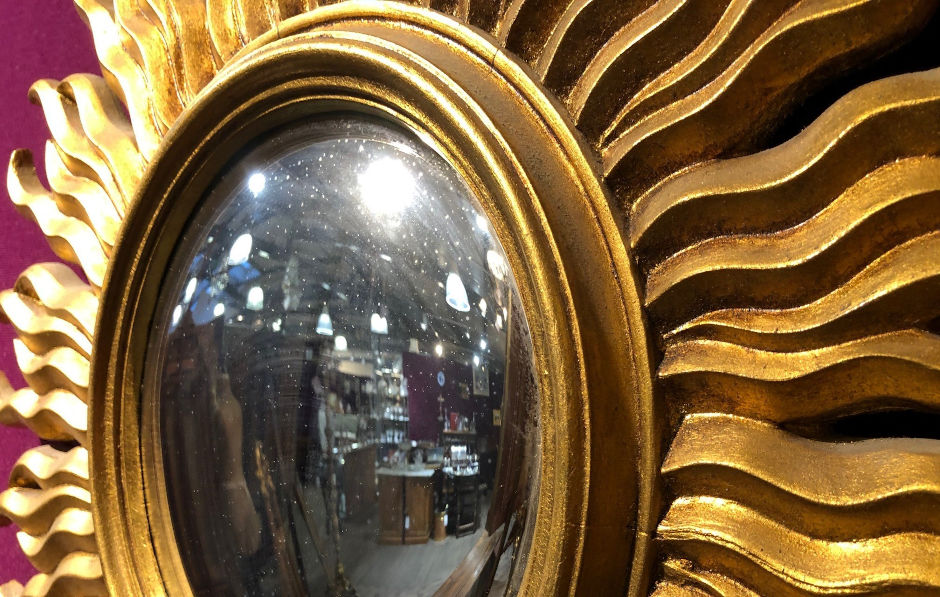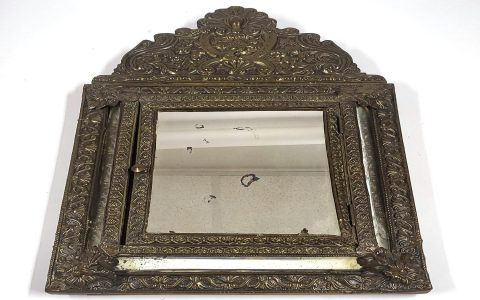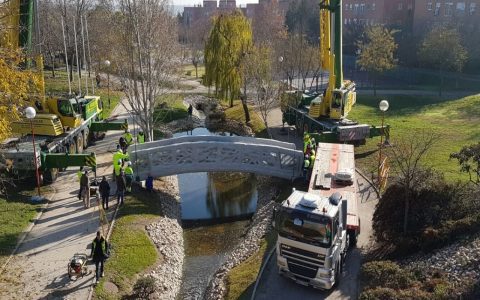Acquiring antique polished copper mirrors requires careful evaluation. Follow this checklist to make informed decisions:
Authenticity Verification
Examine aging markers: Look for natural, uneven oxidation (verdigris) in crevices. Avoid unnaturally bright or uniformly dull surfaces indicating modern replication or harsh cleaning.
Assess craftsmanship: Seek hand-tooled details, slight asymmetries, and aged solder joints consistent with historical methods. Machine-cut uniformity often denotes reproductions.

Material Integrity Check
Confirm copper composition: Test discreetly with a magnet (true copper is non-magnetic). Genuine pieces often exhibit a deep reddish-brown hue beneath patina on unpolished edges.
Evaluate plate quality: Check for stress cracks, significant pitting, or deep scratches compromising structural integrity. Minor surface imperfections are common in antiques.
Check frame stability: Ensure frames (if applicable) are securely attached without wobble or compromised joinery.
Damage & Restoration Assessment
Identify repairs: Inspect for patches, non-original solder, replaced sections, or repainted areas. Request full disclosure on restoration work.
Assess polishing history: Excessive buffing can thin metal and erase fine decorative details. Avoid mirrors with rounded edges indicating aggressive refinishing.

Value & Negotiation Factors
Research provenance: Seek documented history where possible. Verify stylistic elements align with the claimed era and origin.
Compare market pricing: Assess condition, size, age, and artistic merit against verified sales records for comparable pieces.
Secure artifact agreement: Obtain a clear purchase document specifying age, material, restoration status, and return policy.
Critical Red Flags
- Perfect, mirror-like surfaces lacking depth or subtle oxidation
- Manufacturer stamps inconsistent with historical periods
- Strong, chemical odors indicating recent treatment
- Unusually lightweight construction or uniform coloring







